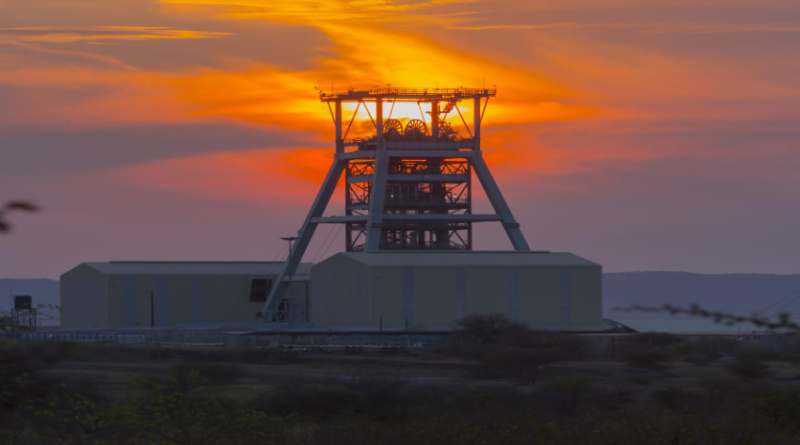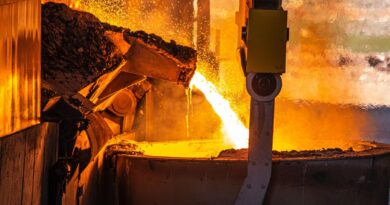Mining industry risks another lost decade
Now faced with the formidable challenge of supplying enough minerals for the global energy transition, the industry has to dig deep — both literally and metaphorically — to improve its performance.
However, the root of the problem is multifaceted, and headwinds are coming from all sorts of directions. Among the key issues include a global skills shortage, environmental and human rights concerns, as well as the availability and use of funding.
Until those are addressed, the value of mining won’t be maximized, and the industry will likely suffer the same fate for the next ten years.
Below, we take a look at each of the major obstacles to the long-term sustainability of mining, and what the industry has (or hasn’t done) to mitigate these risks.
Critical Skills Gap
One of the biggest challenges facing the mining industry is a growing skills gap created by an aging workforce and a dearth of talent waiting next in line.
According to Walter Copan, VP Research and Technology Transfer at Colorado School of Mines, the mining industry is facing a critical skills gap, compounded with the so-called “grey tsunami” impending with regard to the amount of retirements anticipated.
A study earlier this year revealed that nearly 50% of skilled mining engineers are reaching retirement age within the next decade. Many mine workers are at least 46 years and older.
Moreover, the study found that overall mining employment has fallen 20.4% over the past decade in the United States. In Canada, approximately 80,000 to 120,000 workers will need to be hired by 2030.
“Mining, mineral processing and then the downstream production of the materials that we rely upon for all aspects of the energy sector [are] at risk because of these shortages, and I find the statistic staggering that we are anticipating a retirement of more than half of the US mining workforce over the next six years, that’s 221,000 workers that are expected to retire by 2029,” Copan said before the House Committee on Natural Resources.
The bigger problem for the industry though, is a shortage of new talent to replace the old when the time comes. According to Copan, the pipeline of people servicing the sector from the leadership level to engineering and extractive metallurgy are being replaced only at a trickle in the United States, Canada, Australia and in Europe.
The industry’s age curve is quite apparent at the upper management level. Within the past year or so, we’ve seen several prominent names within the industry depart, none bigger than Teck Resources’ Don Lindsay, who announced his retirement after 17 years leading the Canadian miner. Others who have retired since are Sandeep Biswas, who was CEO of Newcrest Mining for eight years, and Wesdome Gold Mines chief executive Duncan Middlemiss.
Industry Losing Appeal
Copan, as many of the industry’s prominent figures had done in the past, also voiced concerns about the future of the talent pipeline. He noted that academia has seen a decline in programs related to mining, engineering, and extractive metallurgy.
“This industry has lost its luster, with regard to being attractive to the next generation of leaders at all levels in the sector and the lack of interest in the geosciences more broadly,” he stated. “It is doubly concerning because as we look at the reliance of this world on the materials that are sourced from the Earth’s crust, the entire mining sector is key to the energy transition.”
In regions like Canada and the US, enrollment or graduation from university courses related to mining engineering has been slipping in recent years.
Fewer students now want to be geologists or engineers, partly due to mining’s negative image regarding pollution, human rights and gender equality. That’s leaving the industry with an aging workforce and forcing it to recruit from outside the traditional university talent pool, such as through apprenticeship programs and internal training.
At the Colorado School of Mines, total enrollment in mining, geophysical and geological engineering undergraduate degree courses last year was down about 35% from almost a decade ago. In Canada, mining and mineral engineering graduates dropped by a third between 2016 and 2020, according to Statistics Canada.




